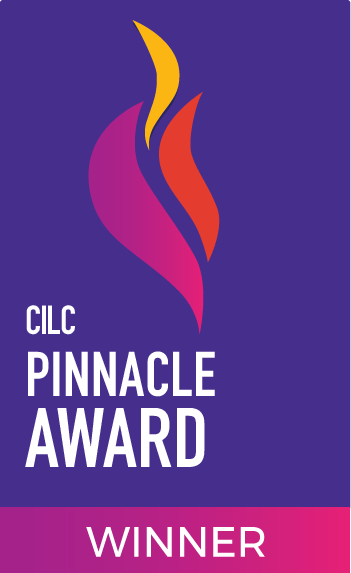
The Cowles Center is a dance and performing arts hub that promotes movement and growth through supportive space to create and collaborate, engages audiences through dynamic performances, and educates artists of all ages through robust and inclusive education and community engagement programming.
We program an exciting season annually, representing more than 20 local artists and companies that showcase the depth and breadth of the Twin Cities' professional dance scene.
We partner with artists and companies in our season by providing free marketing and production support, letting the artists focus on their performances.
We educate through robust, high-quality arts learning programs serving students of all ages, statewide, via residencies, workshops, and student matinees.
We support the growth and life-cycle of dancers and companies through our below-market-rate offices, studios and stages; and through community engagement programs, McKnight Fellowships, and our MERGES co-production program.